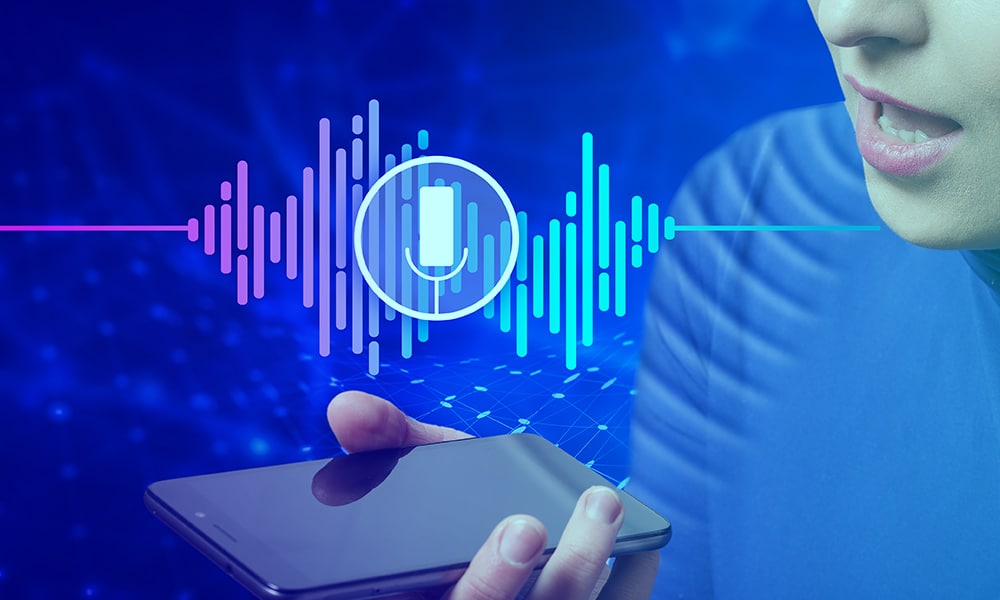Voice recognition technology, also known as speech recognition, stands at the forefront of innovation, reshaping the way we interact with devices and access information. This cutting-edge technology enables machines to understand, interpret, and respond to human speech, unlocking a myriad of applications across various industries. Let’s delve into the evolution, significance, and diverse applications of voice recognition technology.
Evolution of Voice Recognition Technology
Voice recognition technology has witnessed significant advancements over the years:
Early Development:
The roots of voice recognition technology trace back to the 1950s, with initial systems capable of recognizing and processing spoken words in limited vocabularies and controlled environments.
Technological Progress:
Advancements in machine learning, artificial intelligence (AI), and natural language processing (NLP) have propelled voice recognition technology forward. This progress enabled higher accuracy, improved speech understanding, and expanded vocabulary recognition.
Integration into Consumer Devices:
The integration of voice recognition into consumer devices such as smartphones, smart speakers, virtual assistants, and automotive systems has brought this technology into everyday life, making it more accessible and user-friendly.
Significance and Applications
Enhanced User Experience:
Voice recognition technology offers a more intuitive and hands-free user experience. Users can interact with devices naturally, using voice commands for tasks like making calls, setting reminders, searching the internet, and controlling smart home devices.
Accessibility and Inclusivity:
For individuals with disabilities or those who have difficulty using traditional interfaces, voice recognition technology serves as a crucial tool, enhancing accessibility and inclusivity in various aspects of life.
Automation and Efficiency:
In industries such as healthcare, customer service, and manufacturing, voice recognition automates processes, streamlines workflows, and improves efficiency. Dictation software, transcription services, and voice-controlled systems optimize operations.
Personalization and Customization:
Voice recognition enables personalization in devices and services. Virtual assistants, for instance, learn user preferences over time, providing tailored recommendations and responses.
Applications Across Industries
Healthcare:
Voice recognition technology assists healthcare professionals with clinical documentation, transcription, and patient charting, allowing for more accurate and efficient record-keeping.
Automotive:
Voice recognition systems in vehicles enable drivers to control navigation, make calls, and adjust settings without taking their hands off the wheel, enhancing safety and convenience.
Customer Service:
In customer service, voice recognition automates call routing, provides interactive voice response (IVR) systems, and facilitates conversational AI for customer inquiries and support.
Education:
In educational settings, voice recognition aids in language learning, assists students with disabilities, and enables voice-activated learning tools and interactive classrooms.
Challenges and Future Prospects
Accuracy and Language Variations:
Improving accuracy, especially in understanding diverse accents, languages, and contextual nuances, remains a challenge for voice recognition systems.
Privacy and Security:
Ensuring the privacy and security of voice data, protecting against unauthorized access or misuse, requires robust security measures and adherence to stringent privacy standards.
Multimodal Integration:
The future of voice recognition technology involves seamless integration with other modalities like gesture recognition and facial recognition for more comprehensive human-machine interactions.
Conclusion
Voice recognition technology represents a transformative force in the digital era, reshaping how humans interact with technology and access information. As advancements continue to unfold, this technology holds immense promise across industries, driving efficiency, enhancing accessibility, and personalizing user experiences. Overcoming challenges related to accuracy, privacy, and integration will pave the way for a future where voice recognition technology seamlessly integrates into various aspects of our lives, transforming the way we communicate, work, and interact with the world around us.

